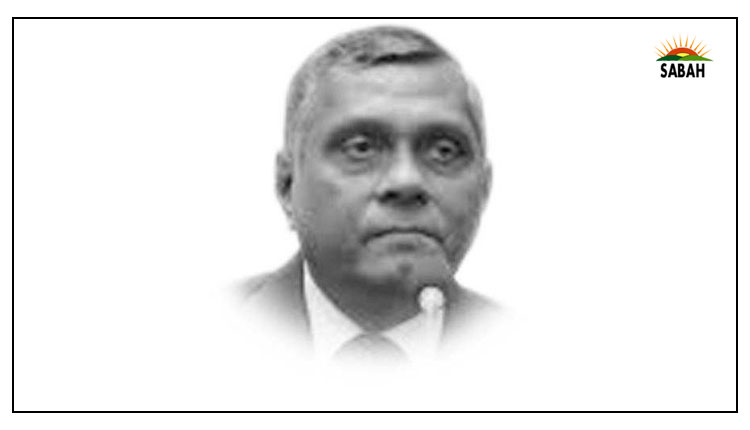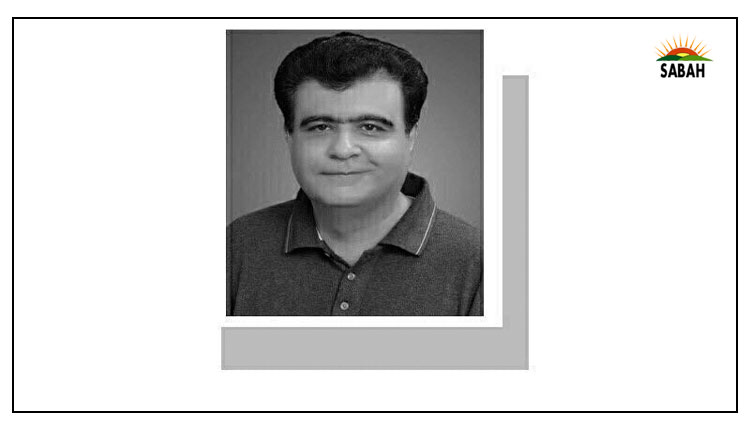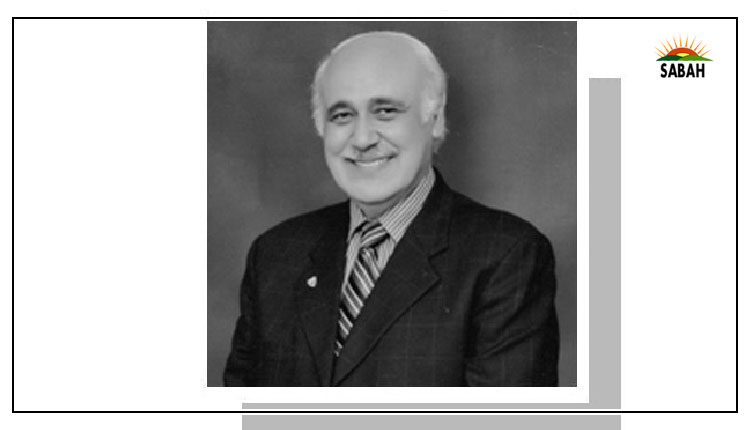A Rubik’s Cube…F.S. Aijazuddin
IF you can recall the Rubiks Cube, you are a child of the 1980s. Its inventor Ern Rubik (a Hungarian professor of architecture) perfected his brainchild in 1979, intending it for use in his classroom. He explained its genesis: Space always intrigued me, with its incredibly rich possibilities, space alteration [,] objects transformation [and] movement in space and in time.
The public took a less lofty interest in his invention. It bought 350 million of them as a game, making it the worlds most popular selling toy.
The Rubiks Cube is a ridiculously simple contraption wooden (later plastic) tiles bored with holes, threaded with elastic bands to hold them together. Its novelty lay in aligning tiles of the same colour on each face of the cube. It has over three billion combinations with only one solution. The fastest anyone has been able to solve it is 3.13 seconds, a record held by Max Park who incidentally suffers from autism.
Had the Rubiks Cube been invented in Pakistan, it would have been designed differently. In our makeshift nation its wooden faces held together by elastic bands the aim would have been, not to align similarly coloured tiles, but to return to an originally haphazard configuration.
The cube would have been designed differently in Pakistan.
After months of jiggling by the less than dextrous chief election commissioner, our electoral toy has yielded the same pattern that we saw in August 2023. The PML-N-PPP duo is back in power in Islamabad, the provinces have reverted to their traditional loyalties, and the PTI sans its leader Imran Khan has coiled within itself, waiting to spring again. The country faces the unappetising prospect of a second serving of a stale meal.
Drawing rooms are rife with speculation that a disappointed Nawaz Sharif will return to London, now that the IMF, the Chinese and the Saudi crown prince have anointed his younger brother Shehbaz Sharif. Having ensured that his daughter Maryam is installed as chief minister Punjab, he has stayed to see his sons Hussain and Hassan safely through the judicial carwash which may now restore them to the pink of wealth.
Maryam Nawaz is articulate, feisty, photogenic, and determined in time to occupy the PMs house in Islamabad. There is no reason why not. She is only 50 years old. Her uncle Shehbaz is 23 years older.
She may not like being compared to Benazir Bhutto, but the similarities between them are obvious. Like Benazir, she owes much to being her fathers daughter. She too entered politics reluctantly and endured imprisonment for her fathers sake. And she brings with her the baggage of a husband who, like a younger Mr Zardari, may succumb to temptation.
Benazir once wrote: As children we had been taught that no price was too high to pay for our country. But the personal price to our family had been high. For the Bhuttos and the Sharifs, the price has been high: the rewards have been even higher.
Maryam Nawaz has the next five years (or so) to prove Benazir Bhuttos belief that what is important is that a political party articulates the mood of a generation. Benazir was born in 1953; she belonged to the 1980s. Maryam Nawaz, born in 1973, belongs to the new millennia, to a different age group of Pakistanis. They are in their mid-50s mature, jaded, and cynical. They are tired of being fobbed off with unfulfilled promises.
Will she be able to lure and capture the votes of a younger generation of Pakistanis, the youth dividend, the ones who voted for someone behind bars in the last elections?
Her uncle Shehbaz Sharif, ensconced in the foothills of Islamabad, faces grander challenges. He needs to manipulate his Rubiks Cube there to yield another configuration. A loner by temperament, he has to borrow his elder brothers talents as a conciliator to bring some semblance of ragged unity within his government. Some inside it would prefer to watch him steer the ship of state alone through the perilous waters ahead, while they sit strapped secure in their life jackets. Sauve qui peut.
Some may ask why it has taken centuries for women to be elected leaders? The closet misogynist Winston Churchill maintained there was no need for womens suffrage: Women are well represented by their fathers, brothers and husbands.
Interestingly, the first female elected leader came not from the democratic West but from the disorderly East Sri Lanka. Following the assassination of PM Solomon Bandaranaike in 1959, his weeping widow Sirimavo succeeded him. She, like Mrs Indira Gandhi and Mrs Margaret Thatcher later, served a number of terms as prime minister.
How did Mrs Bandaranaike manage her male-dominated cabinet? She explained: Well, I appointed my own ministers. Maryam Nawaz may not be permitted that luxury.
Courtesy Dawn











